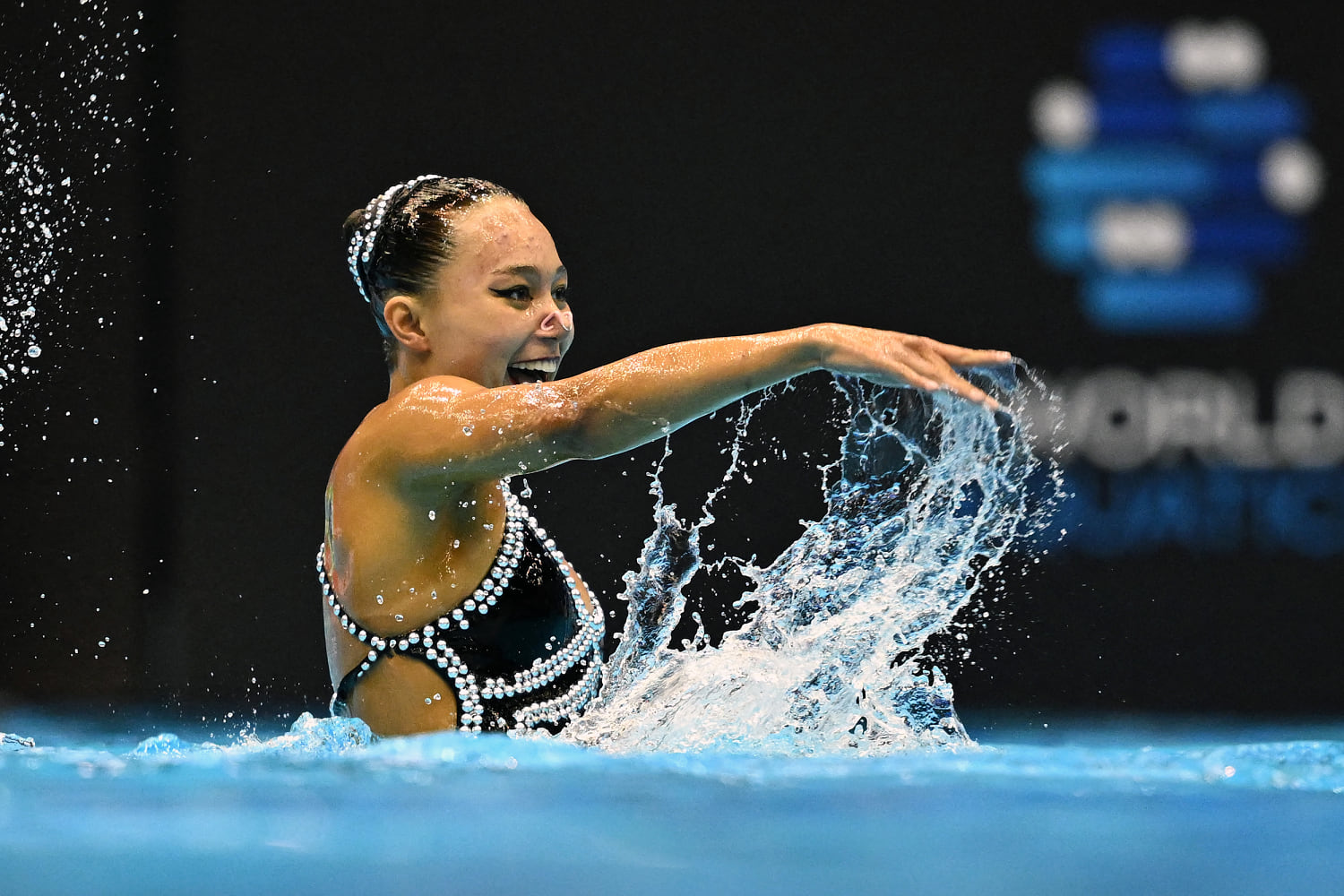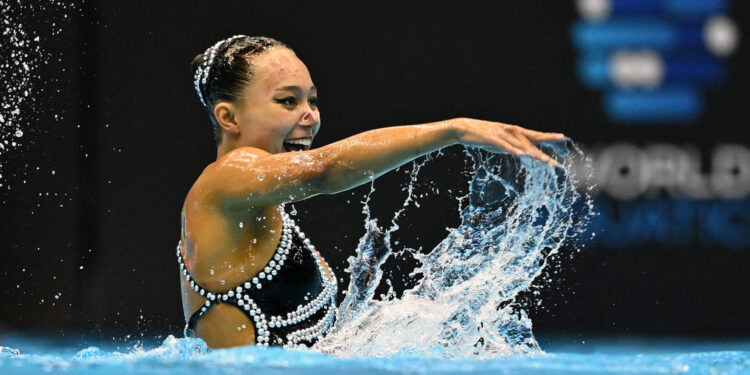
Megumi Field was a toddler the last time the U.S. qualified for the Olympic artistic swimming team event. Now, Field, 18, is part of the team preparing for its big return.
“I’ll be excited for college once the Olympics [are] over. But right now, all I can think about is the Olympics,” Field told NBC News’ “Stay Tuned.” “I just can’t wait to be in that moment, ready to show the world what we’ve been working on.”
When Field was a child, she didn’t have a need for speed. She had a need for water.
“I’ve always loved the water. I’ve always loved chlorine,” she said. “The moment I was born, I think I was just in the water.”







